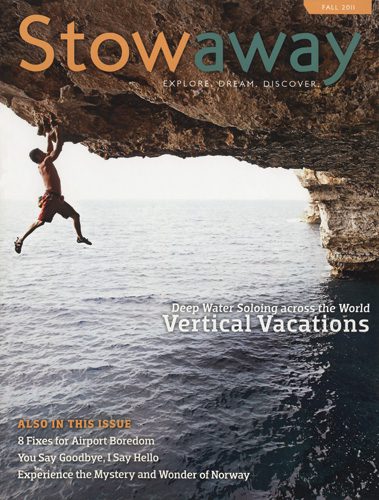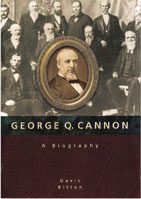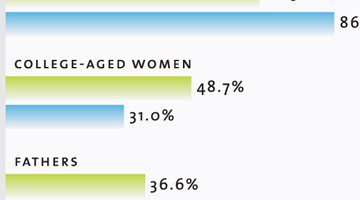Editing students in landlocked Utah take readers around the world.
 Sitting around a conference table, 13 students call out exotic places: Prague, Chiapas, Istanbul, Mykonos. It sounds like a geography tournament. It’s actually a staff meeting in ELang 430R, a capstone course in which editing minors are the sole writers, editors, and designers of Stowaway, an award-winning travel magazine. The winter 2011 issue won a bronze award from the ContentWise Magnum Opus Awards and an award of excellence from the Apex Awards for Publication Excellence.
Sitting around a conference table, 13 students call out exotic places: Prague, Chiapas, Istanbul, Mykonos. It sounds like a geography tournament. It’s actually a staff meeting in ELang 430R, a capstone course in which editing minors are the sole writers, editors, and designers of Stowaway, an award-winning travel magazine. The winter 2011 issue won a bronze award from the ContentWise Magnum Opus Awards and an award of excellence from the Apex Awards for Publication Excellence.
Though created by students living in landlocked Utah, Stowaway is surprising in its scope of travel ideas: there are stories on yurting (camping in large Mongolian-style tents) and deep-water soloing (climbing rock formations that overhang the ocean). Don’t know what the must-eats are in Thailand? Stowaway suggests khao niaow ma muang. The magazine also shares hints on haggling, proper footwear, differing cultural body language, and more—know-how owed to students’ missions and study-abroad experiences. “It’s just amazing how many of my students have had these experiences and really want to share them,” says professor andStowaway editor-in-chief Marvin K. Gardner (BA ’76).
Back in class, it’s on to the next issue. Gardner pulls up a production schedule filled with deadlines: Tuesday: art and design proposals reviewed; Thursday: edits done; Friday: four ad contacts made. “We’re going a hundred miles an hour at this point,” says Gardner. The next item of business: rough pagination, or taking all those destinations shouted at the beginning of class and pinning down article order, which dictates page counts, which determines word counts—which gets impassioned. One student writing on pre-Columbian ruins in Mexico says he needs “like, two pages at least.” In a chain reaction, the authors of pieces on Star Warsfilming locations and on the Osoyoos Indian Band join in.
The students have advanced through six other English-language courses to be here. For many, it’s their first experience working on a real-world publication. Fortunately, Gardner has plenty of editing and travel knowledge. He worked 28 years at the Ensign and Liahona magazines, where he assisted in increasing foreign-language editions from 19 to 50 and traveled to more than 30 nations. But Gardner sits back to watch this discussion play out.
“Can I just say something in general?” chimes in Jennifer G. Jones (’12), a class member and assistant art director. “I think what we’re really lacking are the shorter, punchier articles. . . . I think we should have enough people put their input on an article and say, ‘I like this. I don’t really like this.’ And we should all be humble enough to understand our article isn’t keeping readers’ interests.”

While laying out her tour of Civil War battlefields, Stowaway writer Caroline Porter Kowallis (’12) (right) confers with teaching assistant Jordan E. Carroll (’12).
Several voices chime in with “That’s true” and “I agree.”
With the staff changing each semester, such disagreements on editing philosophy will replay with slight variations. But each student will finish with a new line on their résumé and a printed final product backed by a professional-caliber website that attracts readers from more than 70 countries. And editing students aren’t the only beneficiaries. Gardner pulls in business students to help set up Stowaway’s business plan and give training on selling ads. The magazine also gives BYU illustration and photography students opportunities to have their work published.
After the article-length debate, Gardner says: “This experience is what makes a staff a staff. It’s not just a bunch of people putting articles between the front and back cover. It’s everyone working together for the good of the magazine and our audience.”









